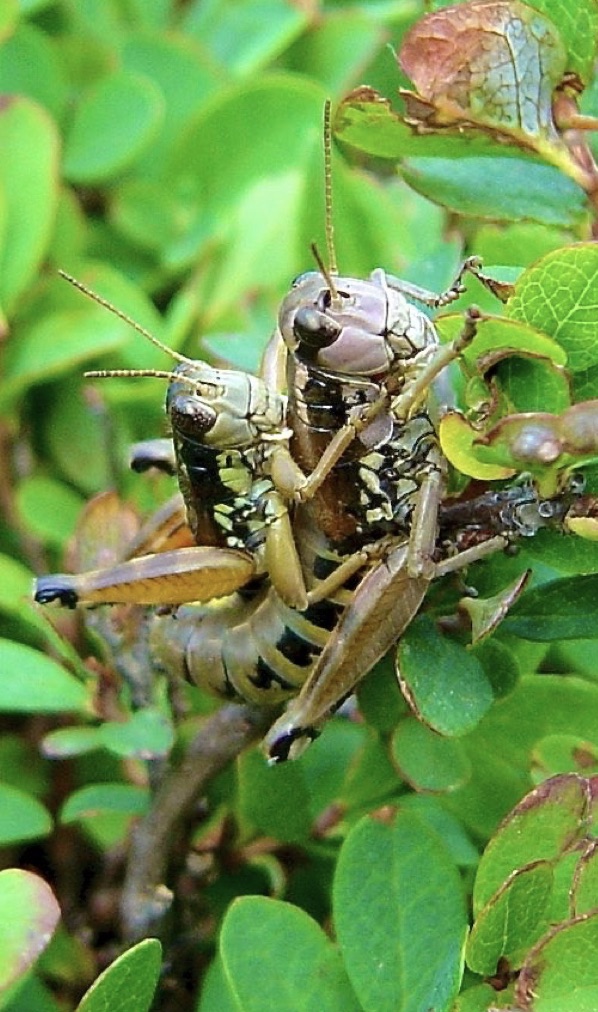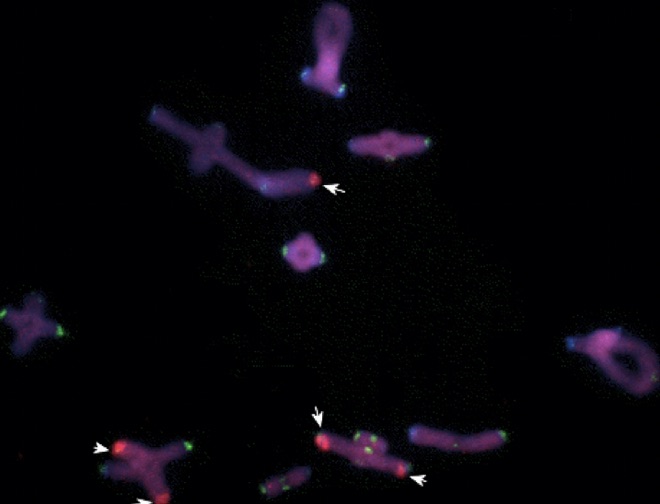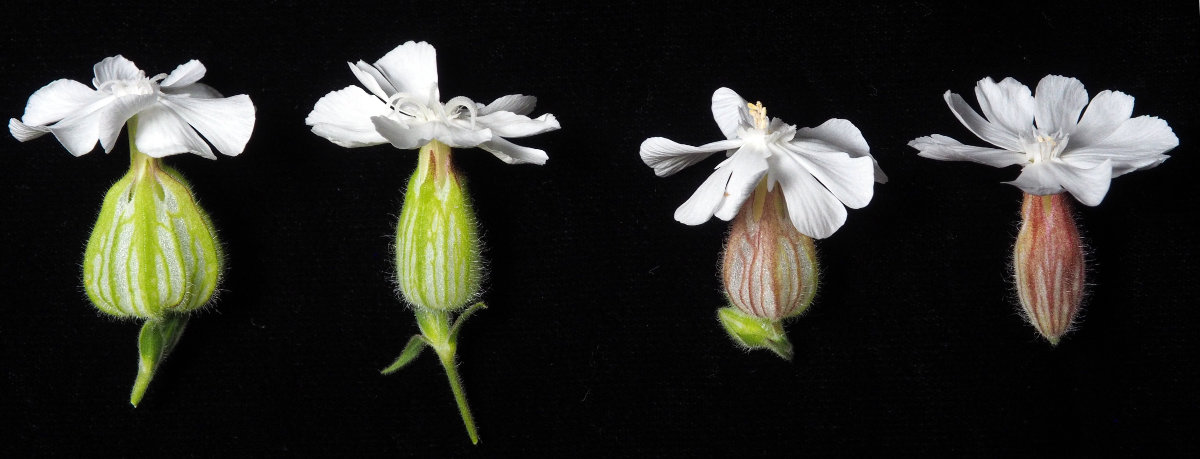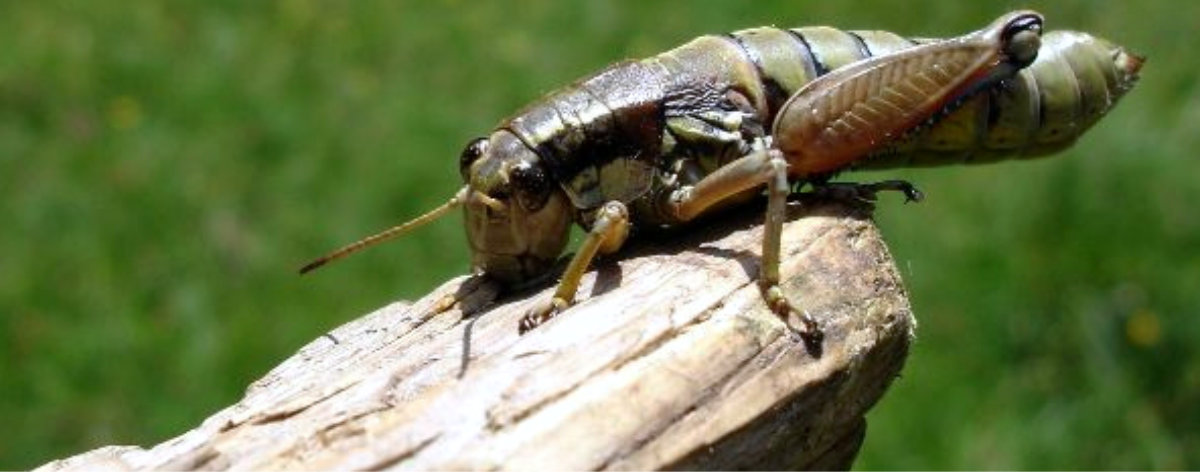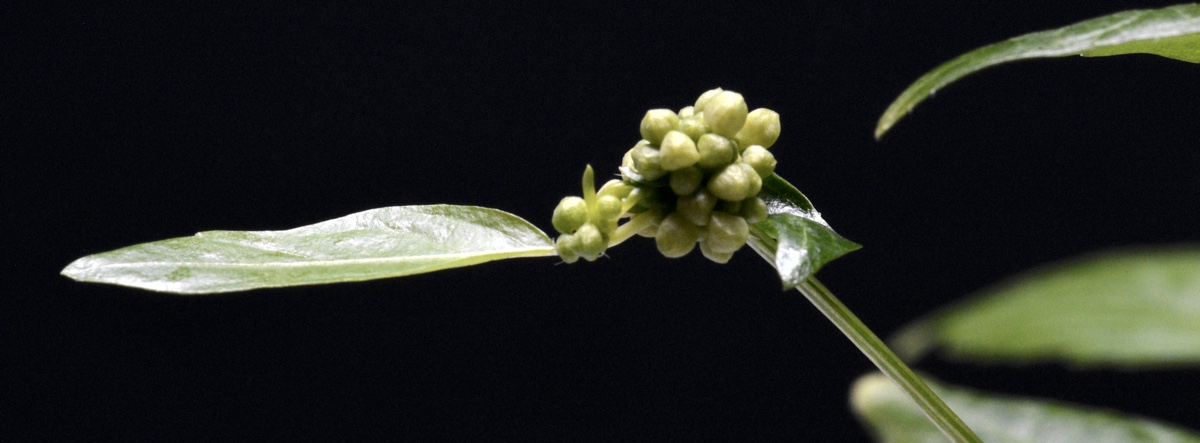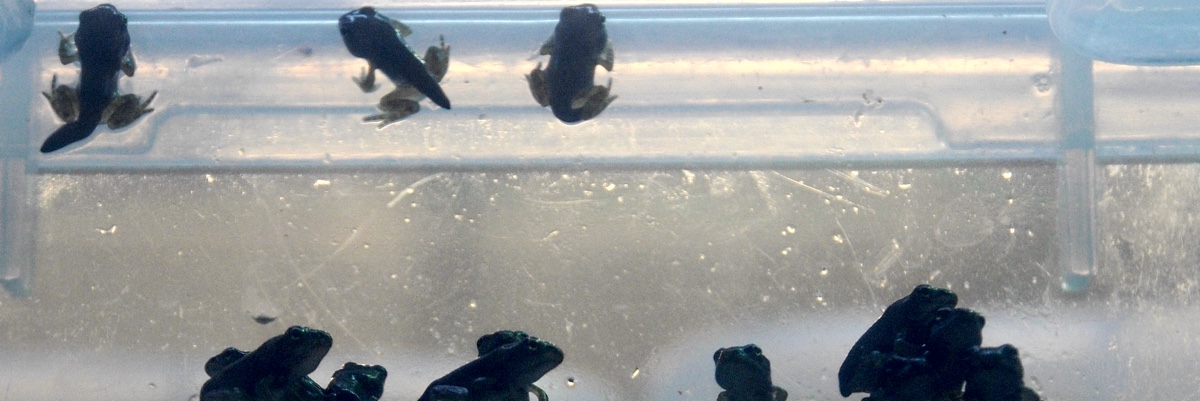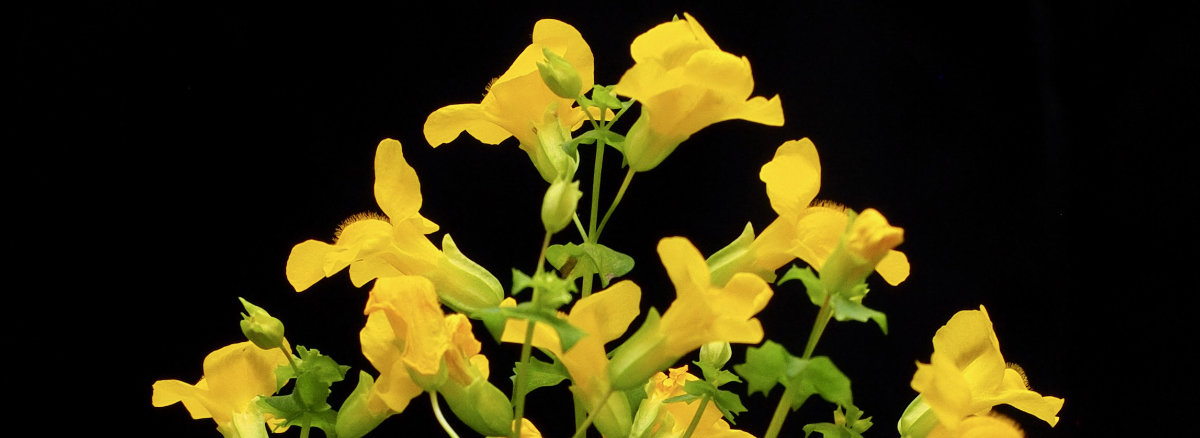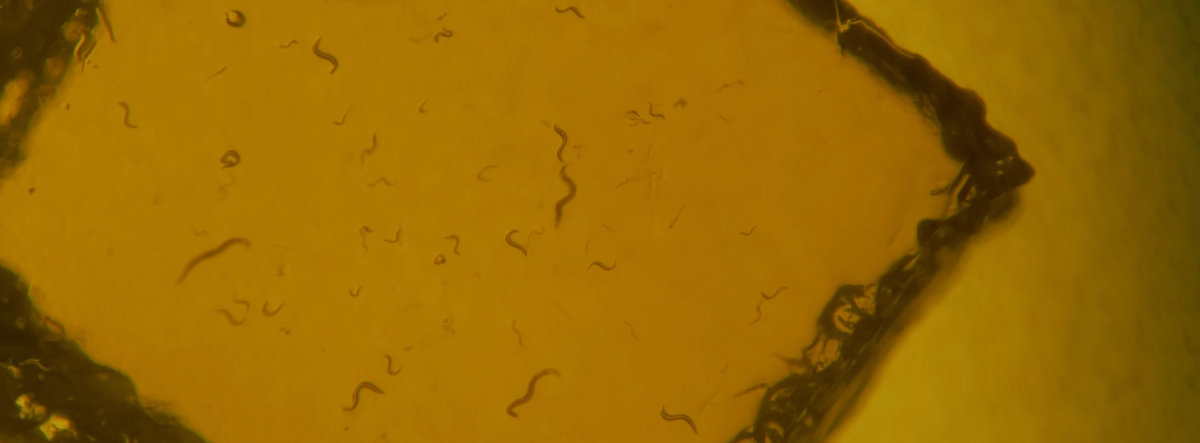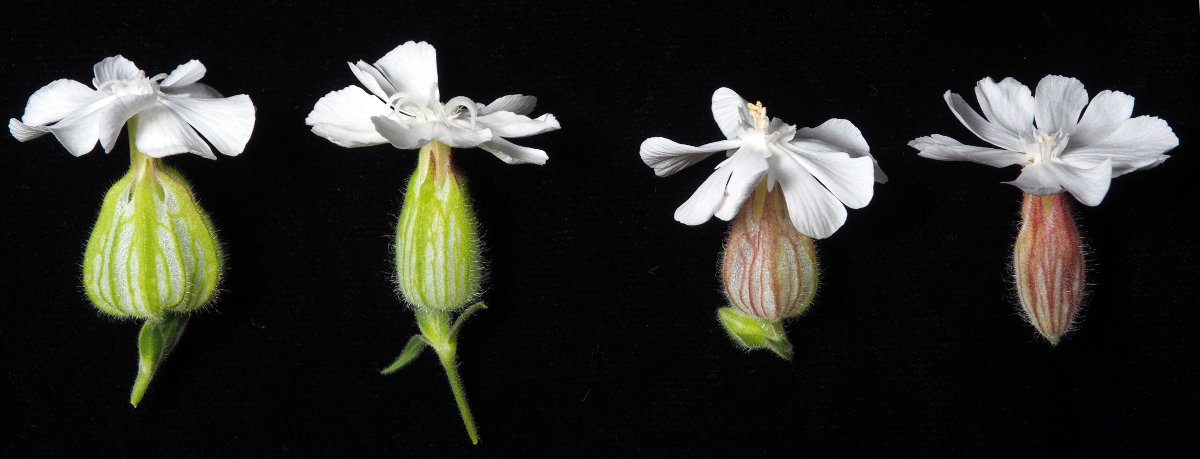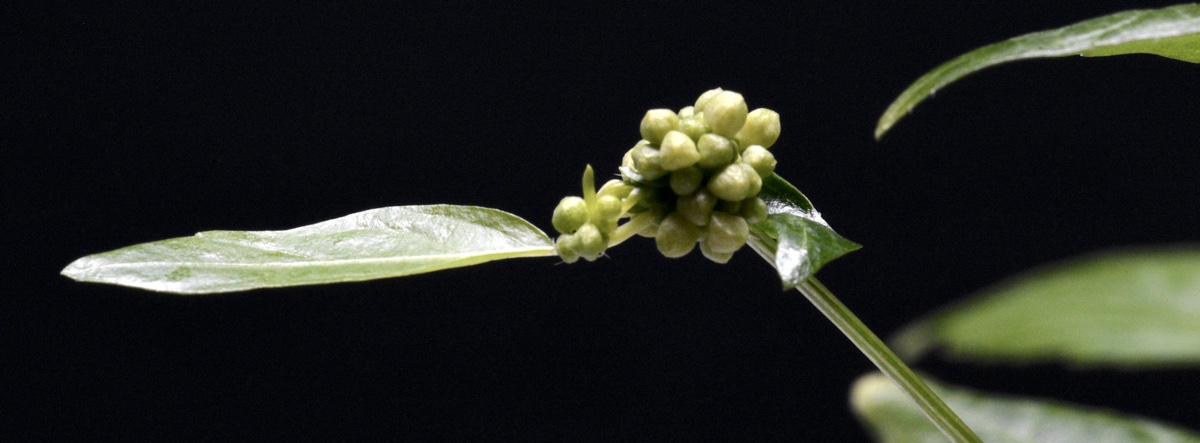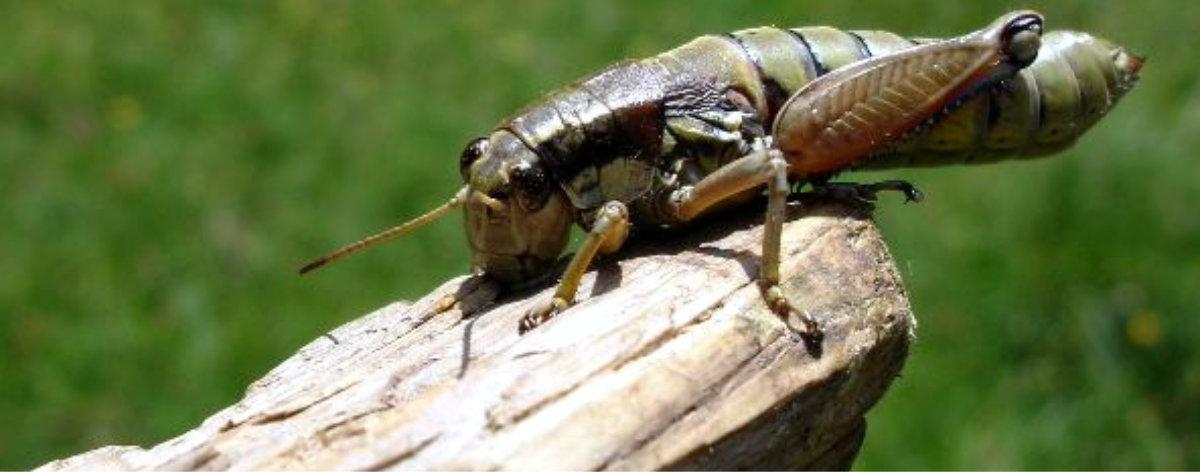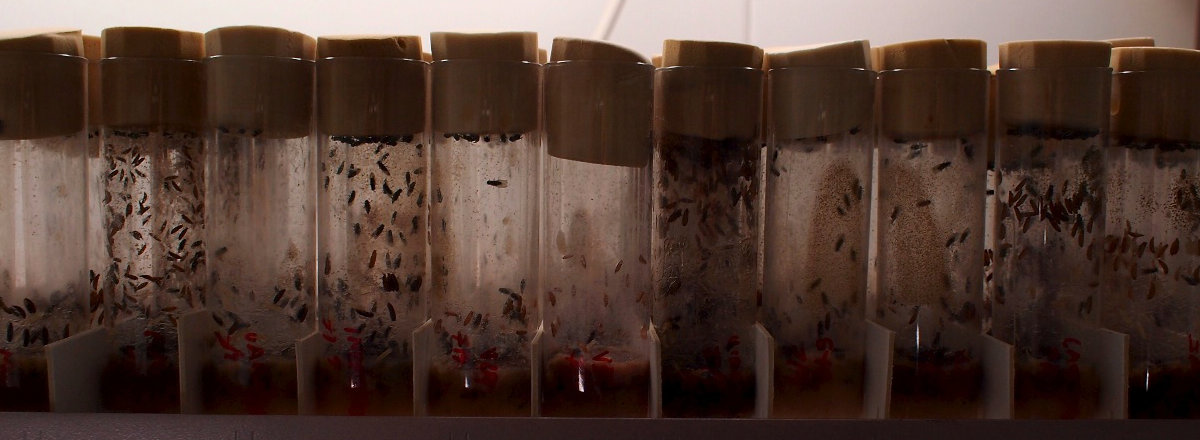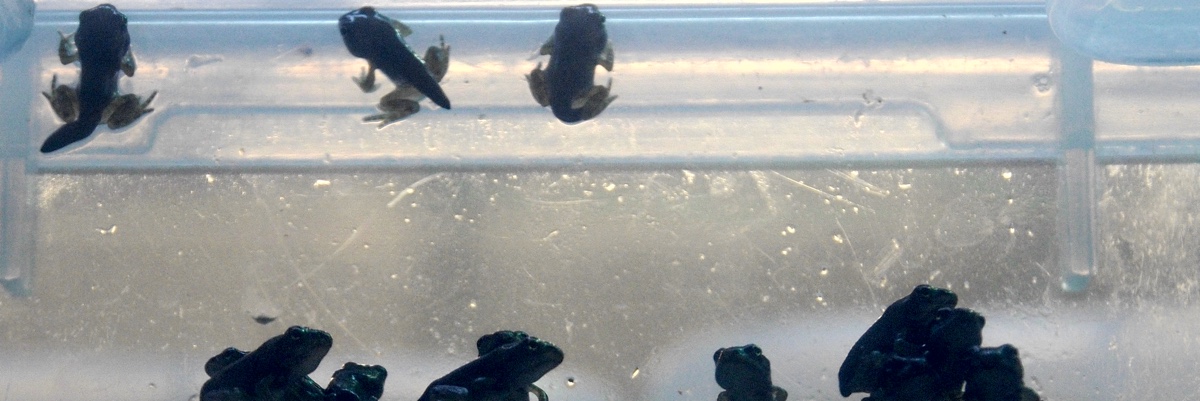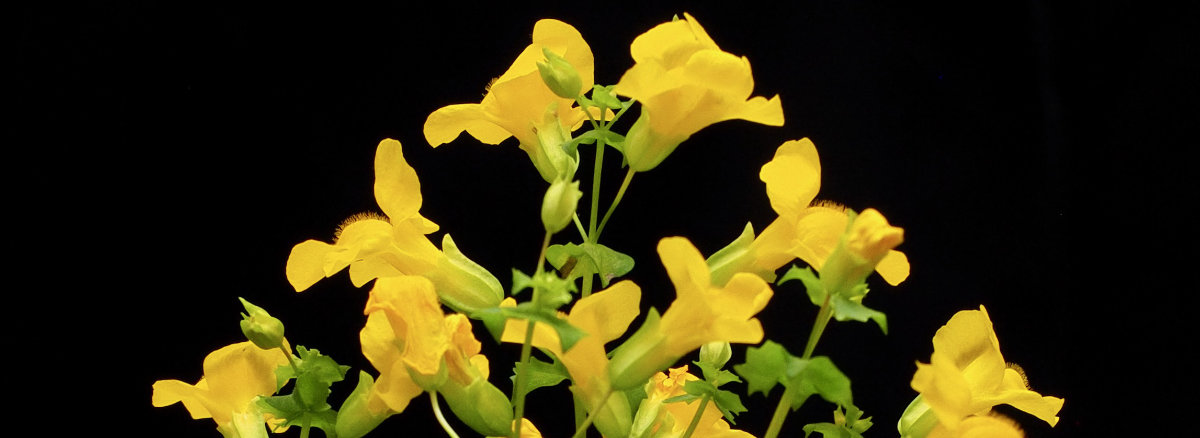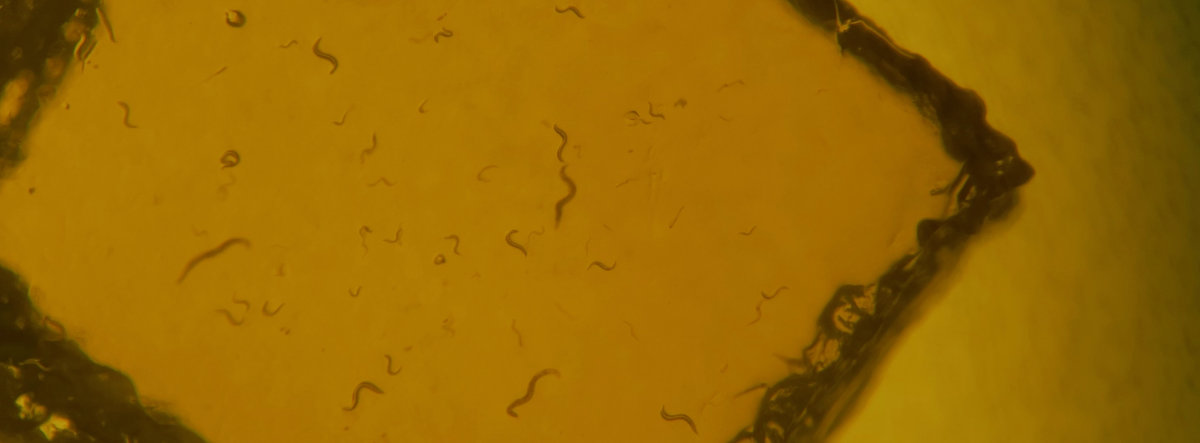A sex chromosome hybrid zone
PhD work on a grasshopper sex chromosome hybrid zone, and ribosomal DNA loci.

I worked on the Podisma pedestris hybrid zone, trying to understand the cause of hybrid inviability. Selection against hybrids is one of the two forces that maintain the hybrid zone (the other being dispersal of the pure races into the zone), therefore attributing a particular genomic sequence to it would be of great significance in understanding the zone dynamics.
Previous studies had suggested the involvement of ribosomal DNA in hybrid zone maintenance. I took a cytogenetics approach (fluorescent in-situ hybridisation) to directly visualise the rDNA loci in various grasshopper populations. These data were combined with data at the sequence level from Irene Keller, a postdoc in the lab.
Using a combination of different techniques applied to rDNA, our research looked into concerted evolution (Keller et al., 2006), biogeography (Veltsos et al., 2009) and nucleolar dominance. The unifying theme behind these studies is the large genome size of P. pedestris (about 6 times bigger than the human genome, or 100 times bigger the Drosophila melanogaster genome) which may be evolving differently than the better studied model organisms, which have smaller genomes.
I also studied the effect that the chromosomal fusion that distinguishes the two races may have in the hybrid zone. The idea is that the sexually antagonistic effects that quickly arise on a Neo-Y chromosome may generate some of the hybrid inviability in the hybrid zone. For example the Neo-Y can enter females in the hybrid zone, which is expected to select against them. This selection disproportionately affects the ancestral, unfused X chromosome. We employed simulations to show that under some selection regimes, selection on the Neo-Y can lead to the establishment of the whole XY system throughout the species range (Veltsos et al., 2008), leaving the genetic variation on the autosomes to neutrally admix. The model provides a way for new sex chromosome systems to establish throughout a species range without the species going through an extreme bottleneck.
Comparisons of the model predictions to real sex chromosome hybrid zones in nature can inform us on the evolutionary forces affecting young sex chromosomes.
My PhD supervisor was Richard Nichols.
